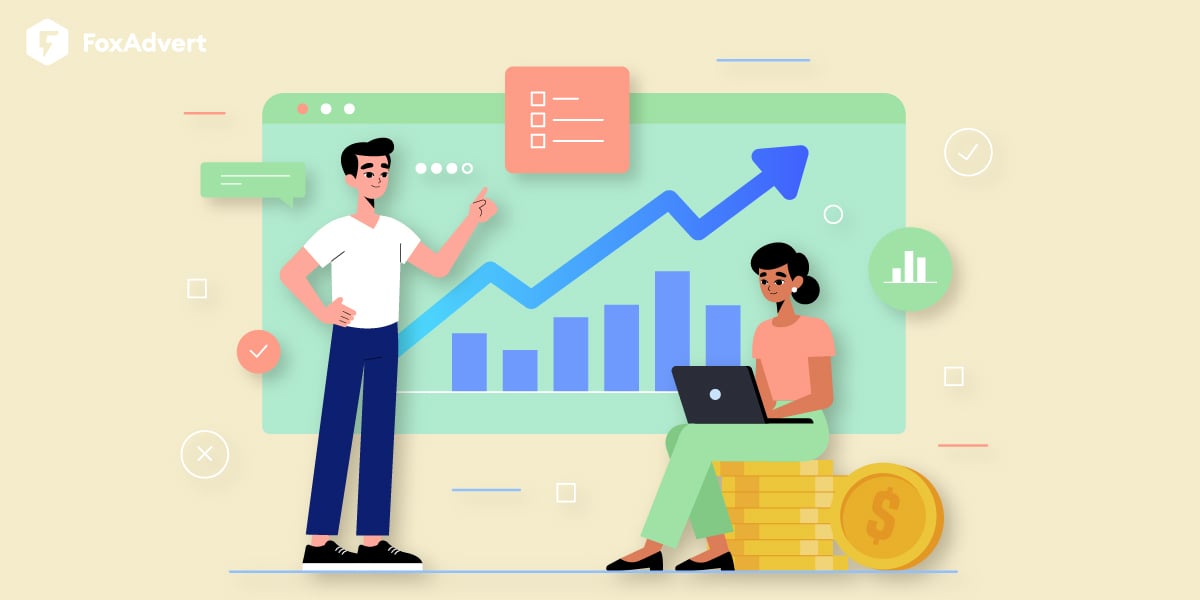
In 2024, the average website conversion rate across industries hovers around 2.35%, meaning that for every 100 visitors, fewer than three take a desired action, whether that’s purchasing, signing up, or requesting a demo. Meanwhile, top-performing sites regularly exceed 11%, demonstrating that much higher conversion is possible. If your analytics show a conversion rate well below industry benchmarks, it’s time to dive into the root causes.
Below are eight of the most common reasons your site traffic isn’t converting, and learn how to fix it with our guide.
When visitors land on your page, they spend only 2–3 seconds scanning your headline and subhead before deciding whether to stay or bounce. If they can’t instantly grasp what you do and why it matters to them, they’ll click away. A vague or confusing value proposition increases cognitive overload, causing your visitors to feel lost and unsure. Without immediate clarity, they won’t engage.
This may happens when:
In order to fix these issues, you may try these:
Real life case is when a SaaS startup revamped its homepage messaging to clearly state “Automate your invoicing in under 2 minutes—no coding required.” When they ran an A/B test, they saw a 30% increase in free‑trial signups simply by sharpening their headline.
Visitors need clear guidance on the next step. When there are too many choices, users experience Hick’s Law, which states that decision-making time grows logarithmically as the number of options increases. Present too many buttons or conflicting CTAs, and users freeze, unsure of what to do next.
Furthermore, small or poorly placed CTAs often get overlooked altogether.
The average Google Ads search campaign converts at 4.40%, while display campaigns convert at just 0.57%, largely due to weaker CTAs and intent misalignment.
This may happens when;
Here's what you can do:
Did you know that Walmart discovered that every 1-second improvement in page load time increased conversions by 2% and session length by 1.8%?
Visitors expect instant results. Akamai found that a 1-second delay can cut conversions by 7%, while 40% of users abandon a site that takes longer than 3 seconds to load.
This is particularly true on mobile, where users are more likely to abandon a site if it feels slow or unreliable.
This could happens when:
To fix the issue, implement these steps:
Visitors are more likely to leave your site feeling uncertain about its legitimacy without visible trust signals (e.g., SSL seals, customer reviews). 17% of cart abandonments stem from security concerns, and 19% of visitors abandon sites when they don’t trust the payment process. One e-commerce site ran an A/B test showing the McAfee Secure badge in its footer versus none, and achieved a 7.6% lift in completed purchases.
Lack of social proof like testimonials, case studies, or press mentions can also leave visitors doubting whether your product really delivers.
Other examples may include;
Do these to improve your trust signal and social proof!
As mobile traffic exceeds 60% of overall web traffic, conversion rates on mobile lag behind desktop, often by 1.7x or more. In travel, desktop users convert at 7.6% versus 2.6% on mobile, yet mobile accounts for the majority of sessions.
Poor mobile design like tiny touch targets or cumbersome navigation, may frustrate users and drives them away.
Other root causes on your site may also due to:
In order to fix these, you will have to;
The global cart abandonment rate often exceeds 70%, with 18% abandoning due to complicated or lengthy checkouts. Adding too many steps, asking for unnecessary information, or springing surprise fees on users at the last minute all add friction to the conversion process.
Root causes on your site may due to:
However, you won't have to be worried too much! One retailer found that reducing checkout steps from five to two and saw a 20% drop in abandonment. Here's what you can do;
Not all traffic is created equal. This can be especially seen when paid search typically converts at 4–5%, while social traffic often converts at under 1%. If you're driving high volumes of low-intent traffic to your site, your conversion rates will remain low, no matter how good your site is.
Other reasons may also include;
A study shows that of 464 million visits across 41,000 landing pages found the median landing page conversion rate of 6.6%, underscoring the value of targeted, intentional campaigns.
Here's what you can do to improve your site:
47% of B2B buyers consume 3–5 pieces of content before contacting sales, and educational content can make consumers 131% more likely to buy. If your content doesn’t speak to visitors’ questions and decision stages, they’ll look elsewhere.
Be careful of;
A software provider built a library of “how‑to” guides and case studies for each buyer persona, resulting in a 60% increase in marketing‑qualified leads. Here's what you can do to improve your site.
Actionable fixes:
Conversions rarely hinge on one thing alone. It’s the sum of many small, interconnected factors: your audience, your message, your user experience, and your offer.
Take a step back and look at your website from a visitor’s perspective. Better yet, ask real users for feedback. Data is powerful, but honest, human insights often reveal what analytics can't.
Optimizing for conversions is a continuous process, not a one-time task. But with the right adjustments, your site can move from being a digital brochure to a real business engine.
Need help diagnosing or fixing conversion issues on your site? As an industry leader in SEO and conversion-focused marketing, FoxAdvert specializes in turning traffic into tangible results. Let’s talk.